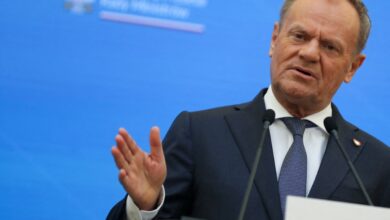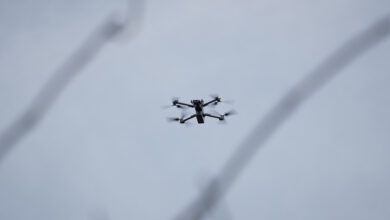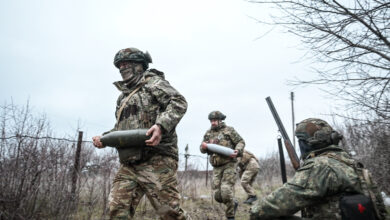The United States will announce new long-term military deployments across Europe in response to the threat from Russia while at the NATO summit in Madrid, a US official said Tuesday.
National Security Advisor Jake Sullivan said there would be “specific announcements tomorrow on land, sea and air of additional force posture commitments over the long term”.
The forces will be focused on the Baltics, Balkans, and NATO’s eastern flank bordering Russia, he said.
NATO as a whole will announce a “historic set of deliverables… on the issue of force posture,” Sullivan said.
He underlined that the alliance’s beefing up of forces in Europe is not just in response to immediate instability caused by Russia’s invasion of Ukraine and the subsequent war, now in its fourth month, but “the long-term change in the strategic reality.”
“In the summit, you will see the alliance follow through on that commitment and the United States follow through on that commitment,” he said.
The United States will “be making specific announcements tomorrow on land, sea, and air of additional force posture commitments over the long term, beyond the duration of this crisis, however long it goes on,” Sullivan said.
One such announcement will be the basing of six US naval destroyers at the US base in Rota, southern Spain, instead of the current four, he said.
Asked about Russian President Vladimir Putin‘s threat to base nuclear-capable missiles and airplanes in neighboring ally Belarus, Sullivan said this would be “a matter of concern for the entire NATO alliance. It is a matter of concern for the United States. And it is something that we will take into account as we think about our own force posture.”
According to Sullivan, long-time failure by many alliance members to meet their pledge of spending at least two percent on GDP on military budgets is rapidly being addressed.
This has been a key concern for Washington as it foots much of the bill for defending Europe.
There has been “a marked increase in national contributions by countries to the point where we anticipate at this summit, you will see that a strong majority of NATO allies will be either at the two percent… benchmark or on track to meet it by 2024,” Sullivan said.
He called this “a substantial shift in the intensity and commitment of NATO allies in terms of putting their money where their mouth is.”












